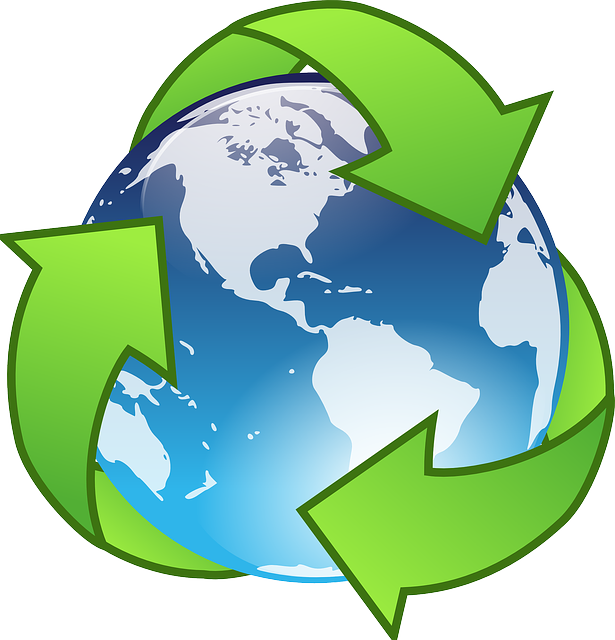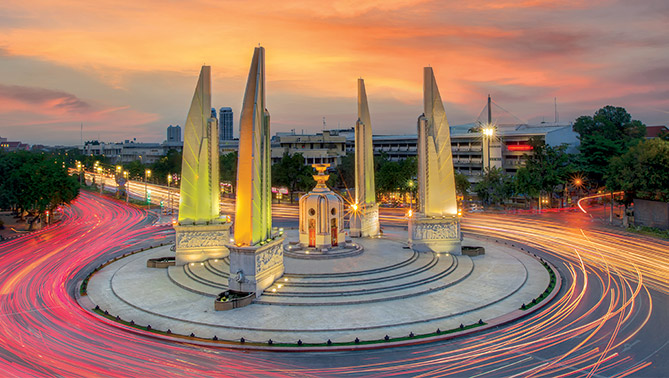[vc_row][vc_column width=”1/2″][vc_column_text]
Japan
Japan was the third-largest economy in the world by nominal GDP in 2018. Japan is a member of the G7. It is a leader in high-tech products, particularly in optical instruments and robotics. GDP per capita is $39,287 USD. While not rich in minerals, Japan has a highly educated labour force, and is ranked third on the Human Capital Index. Services is the largest sector (around 70 percent of GDP in 2017), followed by manufacturing (20 percent). In 2017, its largest export sectors were machinery (21.6 percent), services (20 percent), vehicles (18.9 percent), and electronics (13.4 percent). The largest individual exports were industrial machinery (15 percent), ICT services (11.3 percent), and cars (11 percent). Its main export partners are China (19.4 percent) and the USA (18 percent). Its leading import goods are crude oil (9.45 percent), petroleum gasses (5.86 percent), and coal (3.29 percent). Japan began to modernise its economy in the Meiji period and by World War 2 had industrialised its economy through the development of infrastructure and manufacturing. After the war, Japan enjoyed rapid economic growth by prioritising exports, a model since copied around the world. The "economic miracle" was facilitated through government-industry cooperation, the keiretsu commercial networks, a strong work ethic, domestic investment, economies of scale, a focus on quality, technological mastery, and initial US aid. Land reform and improved education also played an important role. From the 1980s, labour intensive industries were relocated offshore while Japanese companies focused on high-tech industries. An appreciation of the yen after the 1985 Plaza accords with the US, led to rapid outward FDI by Japanese companies and a property bubble in Japan. In 1991, the asset bubble collapsed, and the economy went into recession. Despite low interest rates and large government spending, the economy has been unable to replicate the high growth of previous periods. With low immigration and an ageing population, Japan has transformed itself into the world leader in industrial robots.
[/vc_column_text][vc_column_text] Its population in 2018 was 127,185,332 [1]
Its population in 2018 was 127,185,332 [1]
 In 2015, 6.30% of its total energy
In 2015, 6.30% of its total energy
consumption was renewable [2]
 In 2021, its GDP grew by 1.62% [2]
In 2021, its GDP grew by 1.62% [2]
 In 2021 it had a positive Current
In 2021 it had a positive Current
Account Balance of US$bn 141.71 [3]
 Its unemployment rate in 2021 was 2.82% [3]
Its unemployment rate in 2021 was 2.82% [3]
 Its Expenditure on R&D (as a percentage of
Its Expenditure on R&D (as a percentage of
GDP) in 2020 was 3.26% [2]
 A Big Mac will set you back the
A Big Mac will set you back the
local equivalent of US$3.60 [4]
What free trade areas or economic unions is it a member of?
Member of the Comprehensive and Progressive Agreement for Trans-Pacific Partnership (CPTPP) since 30/12/2018
Other members:
Australia, Brunei Darussalam, Canada, Chile, Malaysia, Mexico, New Zealand, Peru, Singapore, Vietnam
What trade deals are there between Comprehensive and Progressive Agreement for Trans-Pacific Partnership and other countries and economic unions?
None
[/vc_column_text][vc_column_text]What trade deals are there with other countries and economic unions?
Japan - Singapore free trade agreement (from 30/11/2002)
Japan - Mexico free trade agreement (from 01/04/2005)
Japan - Malaysia free trade agreement (from 13/07/2006)
Chile - Japan free trade agreement (from 03/09/2007)
Japan - Thailand free trade agreement (from 01/11/2007)
Japan - Indonesia free trade agreement (from 01/07/2008)
Brunei Darussalam - Japan free trade agreement (from 31/07/2008)
ASEAN - Japan Comprehensive Economic Partnership (from 01/12/2008)
Japan - Philippines free trade agreement (from 11/12/2008)
Japan - Viet Nam free trade agreement (from 01/08/2009)
Japan - Switzerland free trade agreement (from 01/09/2009)
India - Japan free trade agreement (from 01/08/2011)
Japan - Peru free trade agreement (from 01/03/2012)
Japan - Australia free trade agreement (from 15/01/2015)
Japan - Mongolia free trade agreement (from 07/06/2016)
EU - Japan Economic Partnership Agreement (from 01/02/2019)
UK - Japan Comprehensive Economic Partnership Agreement (from 01/01/2021)
[/vc_column_text][/vc_column][vc_column width=”1/2″][vc_column_text]From the editor: The Art of the Doomsayer – Crisis? What Crisis?
Keiko Honda, CEO MIGA: Crucial Role for Investment Guarantees
IFC: Corporate Governance Gains Prominence with the Forthcoming ASEAN Economic Community
World Bank: Asian Countries are among Top Achievers on Sustainable Energy Progress
Principles for Responsible Investment: Investors Must Commit to Engaging Policymakers
World Economic Forum: All Eyes on European Central Bank
Davos: Getting It Right Some of the Time
UN Reports Potential for Gradual Return to Global Growth, Foresees Risks, Uncertainties
Overall Tax Cost and Compliance Burden Lower for Businesses around the World
University of Chicago Booth School of Business: Questioning the Economic Effects of a Booming Real Estate Market
Trade with the United Kingdom
Source: UK Office for National Statistics, October 2022.
Contains public sector information licensed under the Open Government Licence v3.0.





























































































